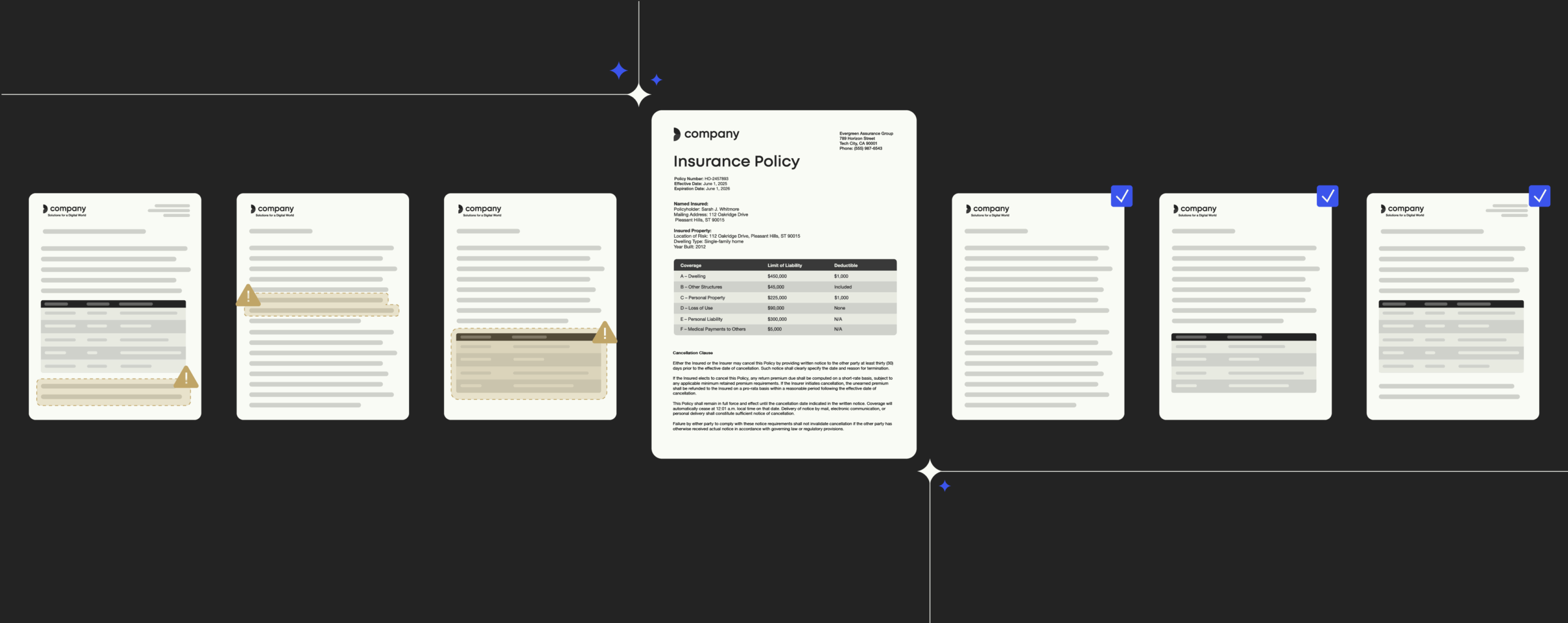Business enablement series: Disconnected digital transformation

2020 gave businesses who’d previously taken a laid-back approach to digital transformation a sense of urgency, with rapid changes made overnight to ensure employees could work from home and continue ‘business-as-usual.’
Businesses urgently entered a game of ‘catch-up and patch-up’ with their technology infrastructure. Employees uploaded masses of business apps onto their laptops and computers, an average of 175 apps per employee, according to a recent study from Okta.
The overwhelming need to deploy solutions to help employees get their job done from home meant implementing a smooth integration strategy was completely overlooked.
Welcome to the disconnected tech stack of enterprises’ today
Consumer technology, which focuses on providing the best user experience, has shaped the way employees experience business technology. However, the tech used at work doesn’t live up to the same seamless experience, thanks to the overload of applications employees are expected to use.
Today, employees face a disjointed digital experience which negatively impacts productivity and efficiency. How are employees supposed to do their jobs to the best of their ability if the tech they use is holding them back?
“Templafy’s research shows that 44% of employees wish the tech they need to do their job was better connected and 36% believe their company needs to simplify the tech tools and processes which are currently in place.”
Global research data on employee productivity
Templafy’s recent research found that employees are experiencing major challenges when facing their current technology at work. 37% of UK employees stated they have to do double the amount of work across multiple platforms because the tech doesn’t integrate. This is massively time-consuming and frustrating.
In the US, 38% of employees said that version control issues are also a burden because the same business information lives across multiple platforms but these platforms do not synchronize.
As well as this, information, such as legal disclaimers, has to be updated across multiple tech platforms. This means employees have to manually locate files and change the same information over and over again which slows down workflows. This has a massive impact on efficiency and slows employees down from driving real business outcomes, according to 41% of US employees.
Also, 44% of employees from New Zealand claimed that certain solutions are sometimes overlooked due to employees having to visit multiple locations to access tech and over half, 53%, of NZ employees, said they know they’re not using the technology to its full potential.
These challenges are massively hindering employees from getting their work done. Something needs to be done to solve the issue of disconnected digital transformation.
Build better documents at scale
How leading enterprises cracked the code to increase document efficiency and quality
Enabling a connected business experience
Therefore, the question is how does technology help us do business better? The answer, for both employees and business leaders? Less software that does more to enable a unified, connected business experience.
Templafy’s cloud-born platform is designed to address the disconnect in company content through strong integrations that unify businesses’ content ecosystem and improve workflows so employees can produce better content and drive business results.
If you’d like to learn more about Templafy’s connected content solution, visit the solution page to learn more.
Download the business enablement report to learn more about disconnected digital transformation. Or check out our other articles on our blog site here.
Data source: Templafy research
A online survey of adult full-time employees who work in companies of 100 employees or more, was conducted by Propeller Insights between March 26th and March 27th, 2021. Respondents opted into an online database, from there, they were targeted based on demographics. To further confirm qualifications, respondents were asked to verify their information in the survey itself, self-identifying qualifications, with the maximum margin of sampling error was +/- 3 percentage points with a 95 percent level of confidence.
***
This article is part of our series exploring the topic of business enablement. Follow our series right here as we focus on all aspects of the tech that’s set to define the future of work.



